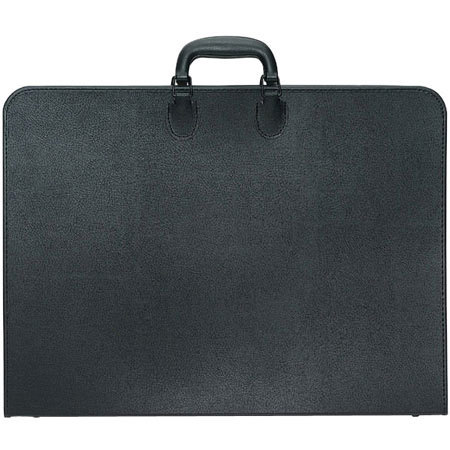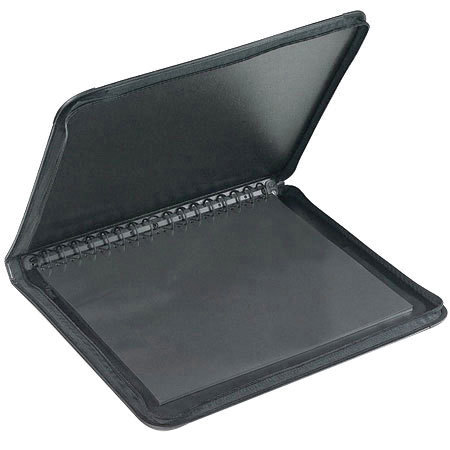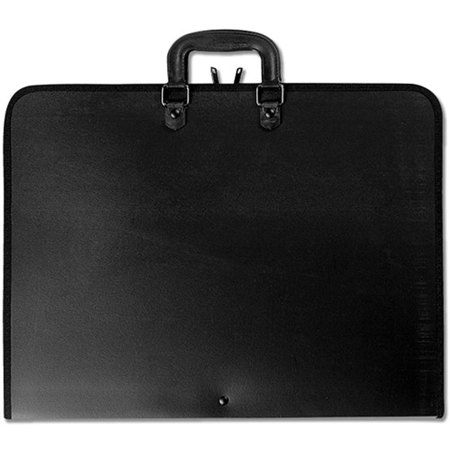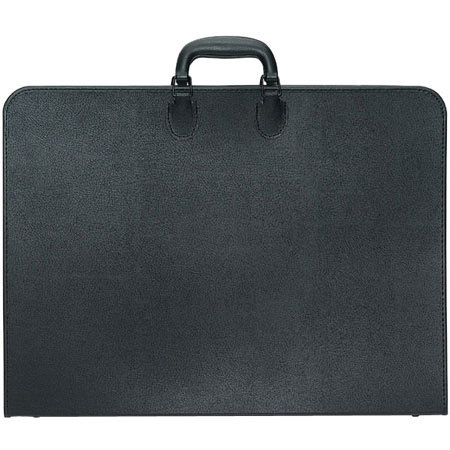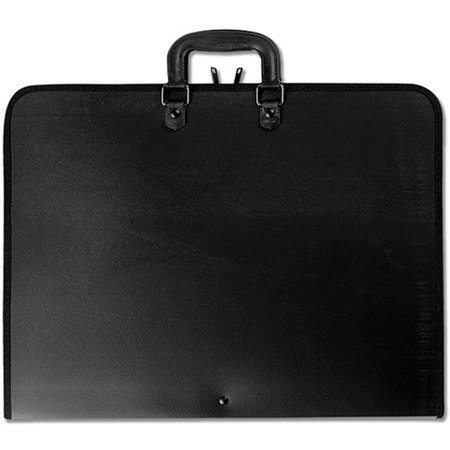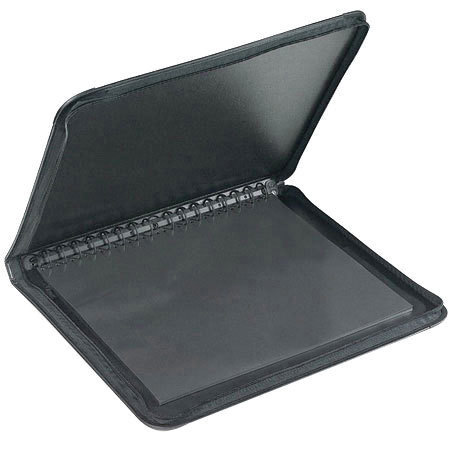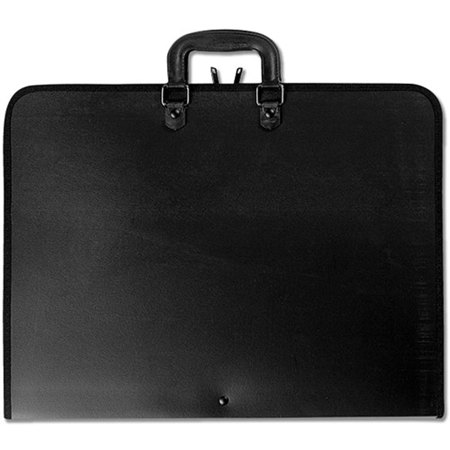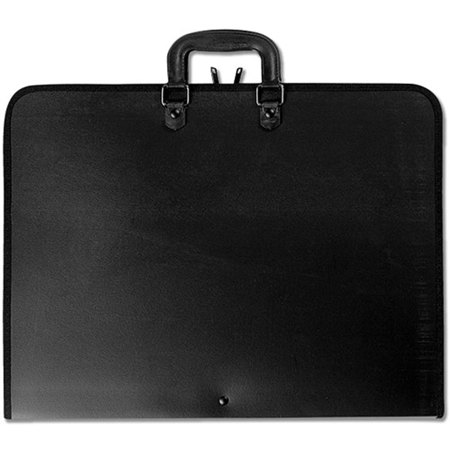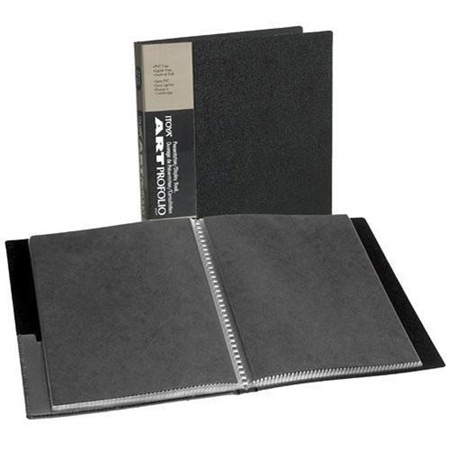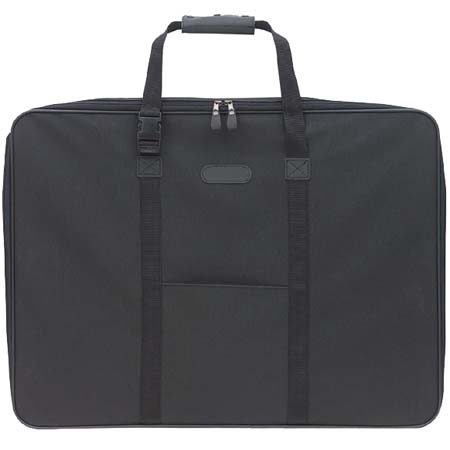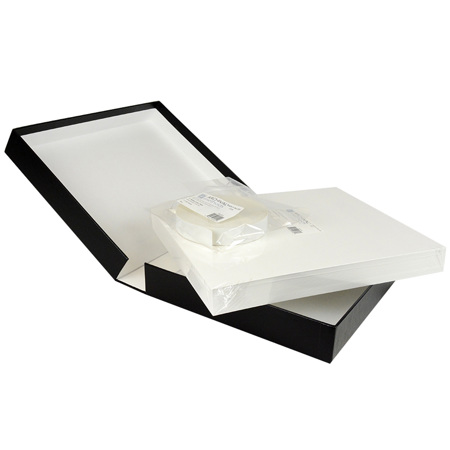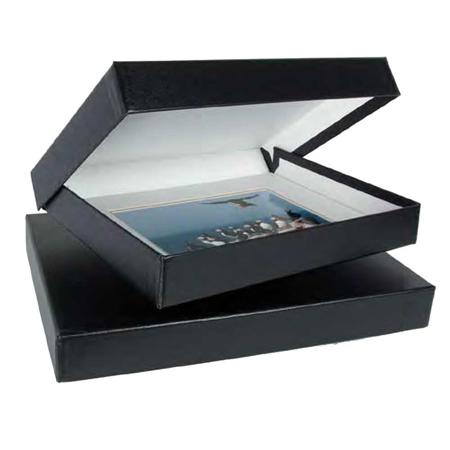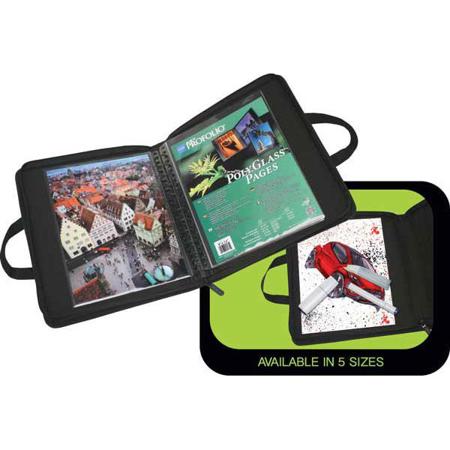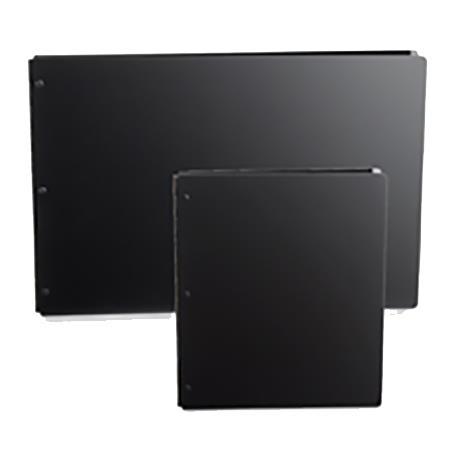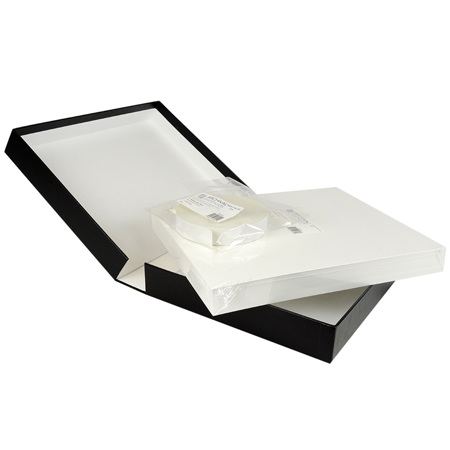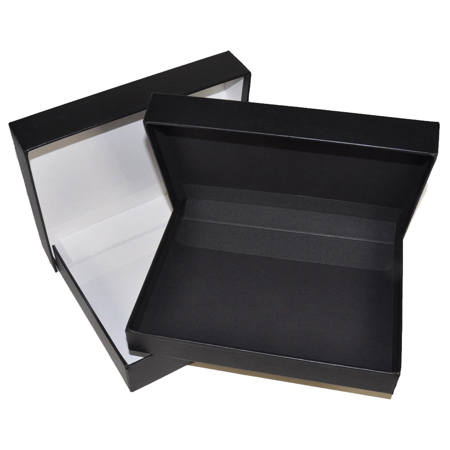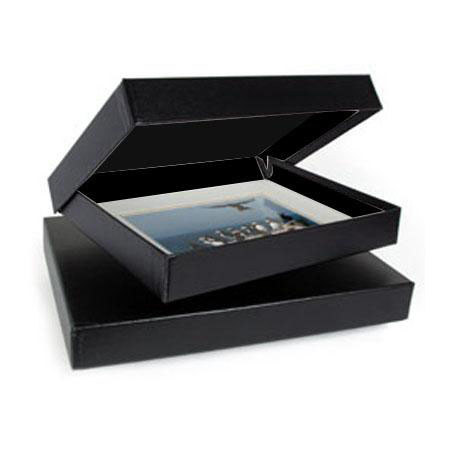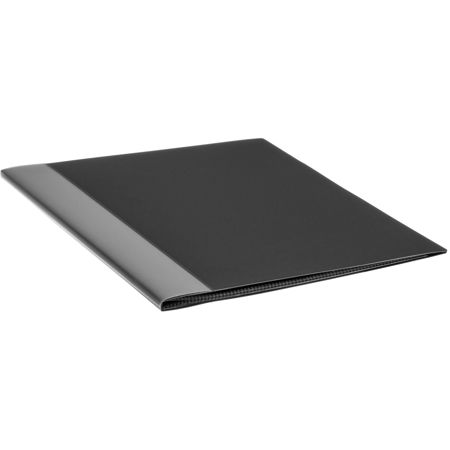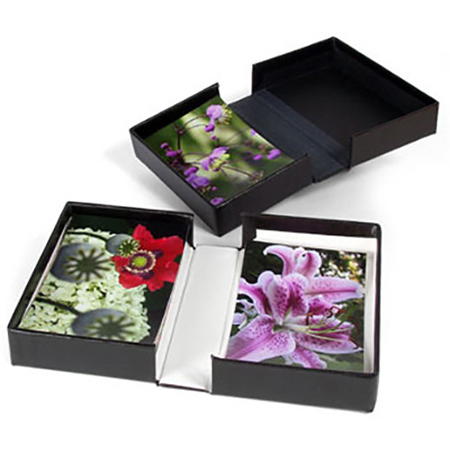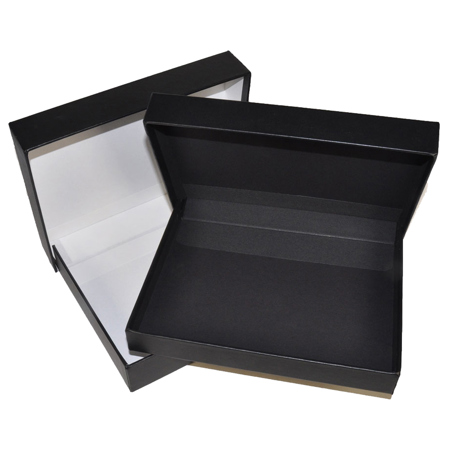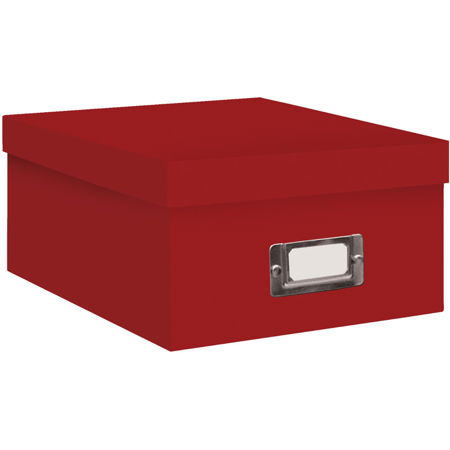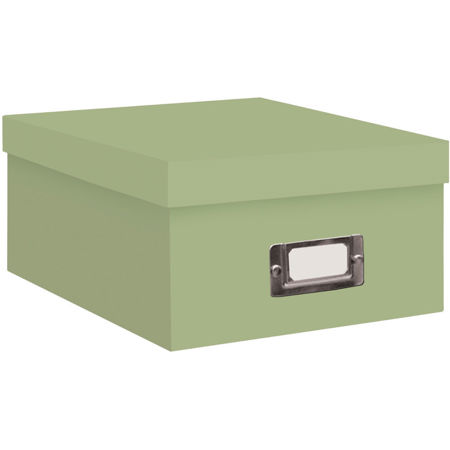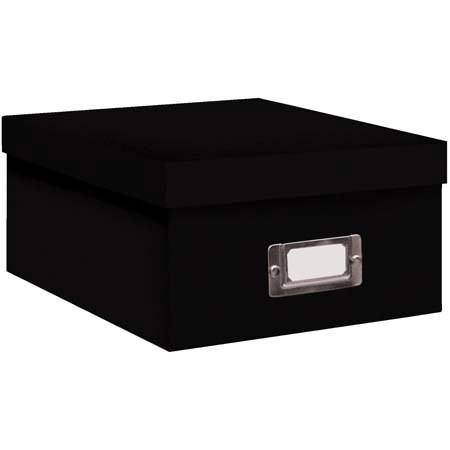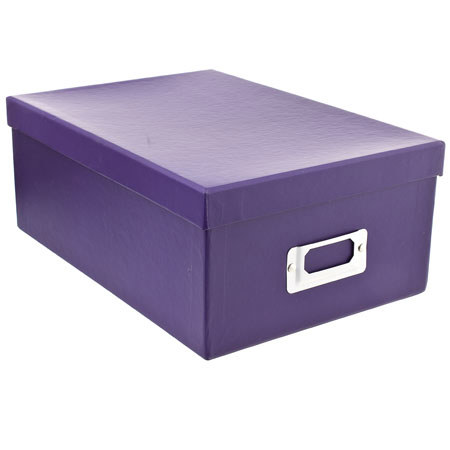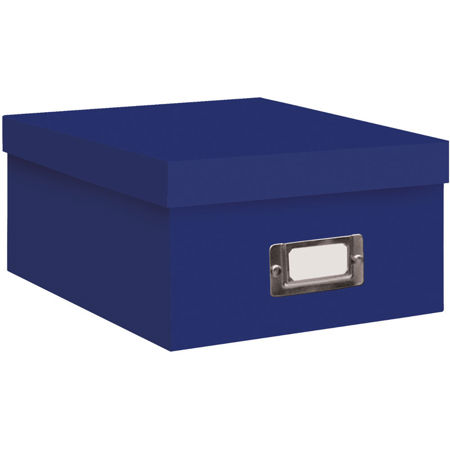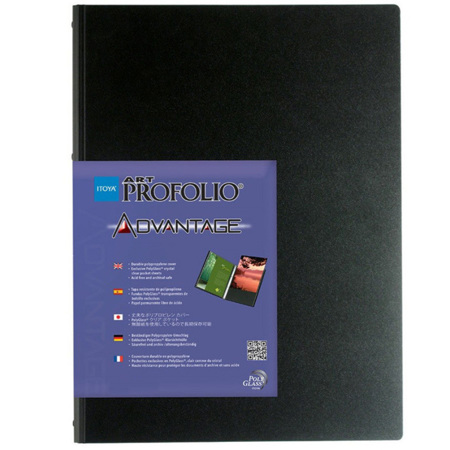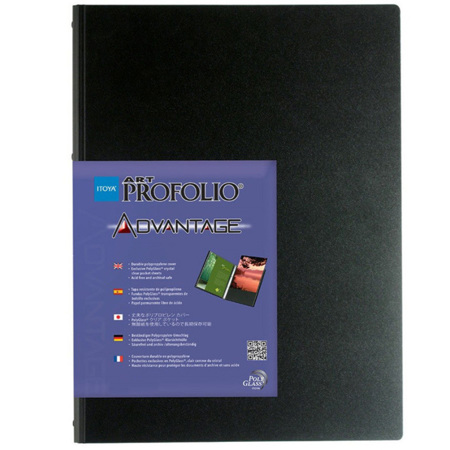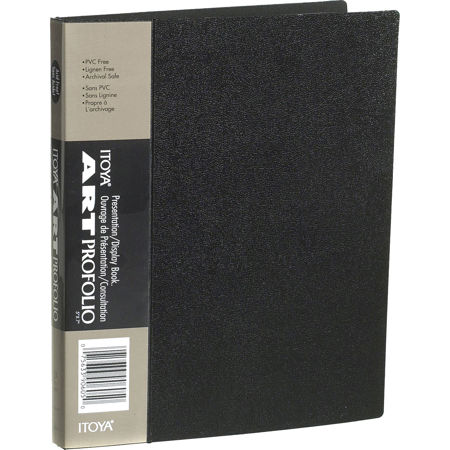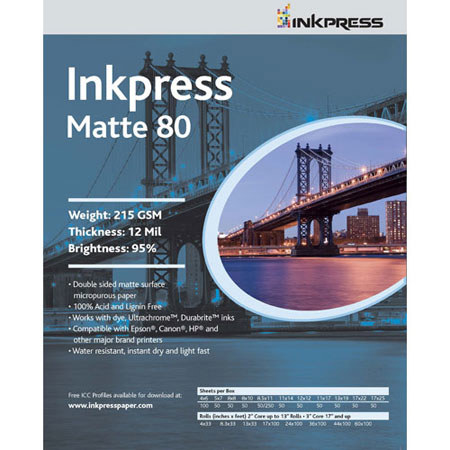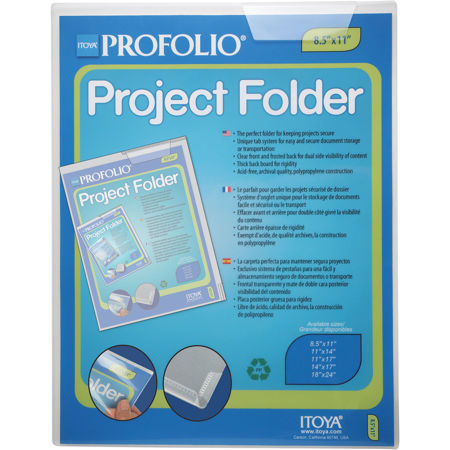Professional Portfolios
A professional portfolio is more than just a collection of work—it's a living showcase of your journey, expertise, and aspirations. Whether you’re a photographer capturing the changing colors of autumn, a designer assembling your most innovative projects, or a writer gathering your best stories, a thoughtfully curated portfolio provides tangible proof of your abilities. As the season shifts and opportunities for creative projects abound, many professionals find themselves updating their portfolios to include recent accomplishments, client testimonials, and new skills. A well-organized portfolio is essential for making a memorable impression on potential employers, clients, or collaborators. It’s a place where you can present your most compelling work samples, highlight your achievements, and share your professional story. For those in visual fields, sleek portfolios with clean layouts and high-quality images can make your work stand out, while writers and content creators might focus on clarity, readability, and a logical flow. Including a brief biography, a mission statement, and up-to-date contact information ensures that your portfolio not only reflects your talent but also your professionalism and readiness for new opportunities.
Portfolios are not limited to seasoned professionals; they are invaluable for students, recent graduates, and anyone transitioning to a new field. As gift-giving season approaches, consider that a high-quality portfolio or portfolio case can be a thoughtful and practical present for an aspiring artist, designer, or photographer. A portfolio can serve as a springboard for job applications, scholarship opportunities, or even gallery submissions, offering a platform to display growth and versatility. For those who prefer digital formats, e-portfolios allow for multimedia integration—images, videos, audio clips, and downloadable files—making it easier than ever to share your work with a global audience. However, physical portfolios remain relevant for interviews, client meetings, and exhibitions, especially when tactile presentation and first impressions matter. When selecting a portfolio, consider factors like durability, size, and the ability to organize your work samples in a logical, visually appealing manner. Portfolios that balance form and function help ensure your work is presented at its best, whether you’re showing art portfolio examples to a potential client or compiling your latest projects for a job interview. For those seeking inspiration or specialized solutions, explore curated options like the Professional Artist Portfolio page, where you’ll find a range of formats and styles suited to every creative discipline.
Keeping your portfolio current is key to maintaining a competitive edge. As you complete new projects or earn certifications, update your portfolio to reflect your evolving skills and professional milestones. Testimonials and recommendations from clients, mentors, or instructors add credibility and a personal touch, while a well-crafted summary of your skills and achievements helps viewers quickly understand your strengths. Whether you’re preparing for a big interview, applying for grants, or simply reflecting on your creative journey, a professional portfolio is your most powerful tool for demonstrating value and making a lasting impact. With the right approach and thoughtful curation, your portfolio becomes more than a record of your work—it’s a dynamic expression of your potential and passion, ready to open doors as you move forward in your career.
Portfolios are not limited to seasoned professionals; they are invaluable for students, recent graduates, and anyone transitioning to a new field. As gift-giving season approaches, consider that a high-quality portfolio or portfolio case can be a thoughtful and practical present for an aspiring artist, designer, or photographer. A portfolio can serve as a springboard for job applications, scholarship opportunities, or even gallery submissions, offering a platform to display growth and versatility. For those who prefer digital formats, e-portfolios allow for multimedia integration—images, videos, audio clips, and downloadable files—making it easier than ever to share your work with a global audience. However, physical portfolios remain relevant for interviews, client meetings, and exhibitions, especially when tactile presentation and first impressions matter. When selecting a portfolio, consider factors like durability, size, and the ability to organize your work samples in a logical, visually appealing manner. Portfolios that balance form and function help ensure your work is presented at its best, whether you’re showing art portfolio examples to a potential client or compiling your latest projects for a job interview. For those seeking inspiration or specialized solutions, explore curated options like the Professional Artist Portfolio page, where you’ll find a range of formats and styles suited to every creative discipline.
Keeping your portfolio current is key to maintaining a competitive edge. As you complete new projects or earn certifications, update your portfolio to reflect your evolving skills and professional milestones. Testimonials and recommendations from clients, mentors, or instructors add credibility and a personal touch, while a well-crafted summary of your skills and achievements helps viewers quickly understand your strengths. Whether you’re preparing for a big interview, applying for grants, or simply reflecting on your creative journey, a professional portfolio is your most powerful tool for demonstrating value and making a lasting impact. With the right approach and thoughtful curation, your portfolio becomes more than a record of your work—it’s a dynamic expression of your potential and passion, ready to open doors as you move forward in your career.
